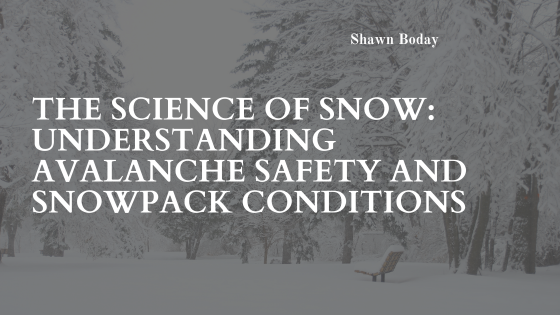As winter sports enthusiasts, there’s nothing quite like the thrill of carving through fresh powder on a backcountry slope. However, with the exhilaration of off-piste adventures comes the inherent risk of avalanches. Understanding the science behind snowpack conditions and avalanche formation is essential for staying safe in the backcountry. In this blog post, we’ll delve into the intricate science of snow, exploring avalanche safety measures, snowpack assessment techniques, and tips for mitigating avalanche risk.
- The Anatomy of Snowflakes:
At the heart of avalanche science lies the intricate structure of snowflakes. Snowflakes form when water vapor condenses into ice crystals around microscopic particles in the atmosphere. As these crystals grow, they develop unique shapes and patterns determined by temperature, humidity, and other atmospheric conditions. Understanding the formation of snowflakes is crucial for predicting snowpack stability and assessing avalanche risk.
- Snowpack Layers and Stability:
Snowpack stability is influenced by the arrangement of snow layers and the bonds between them. Fresh snowfall accumulates in layers over time, with each layer representing different snowfall events and weather conditions. Weak layers, such as depth hoar or faceted snow, form when snow crystals undergo metamorphism, creating unstable conditions that increase the risk of avalanches. Assessing snowpack layers and stability is essential for evaluating avalanche risk and making informed decisions in the backcountry.
- Avalanche Terrain and Triggers:
Avalanches occur when the force of gravity overcomes the strength of the snowpack, causing it to fracture and release down a slope. Avalanche terrain refers to slopes with the potential for avalanche activity, including steep slopes, convex rolls, and gullies. Avalanche triggers, such as skiers, snowboarders, or changing weather conditions, can destabilize the snowpack and initiate an avalanche. Understanding avalanche terrain and triggers is critical for avoiding hazardous areas and minimizing the risk of triggering an avalanche.
- Avalanche Safety Equipment:
Equipping yourself with the right gear is essential for staying safe in avalanche terrain. Avalanche safety equipment includes essential tools such as avalanche transceivers, probes, and shovels, which are used for companion rescue in the event of an avalanche burial. Additionally, avalanche airbags, avalanche backpacks, and avalanche rescue dogs can enhance survival chances in avalanche accidents. Carrying and knowing how to use avalanche safety equipment is crucial for backcountry travelers venturing into avalanche terrain.
- Avalanche Forecasting and Education:
Avalanche forecasting and education are vital components of avalanche safety and risk management. Avalanche forecast centers provide daily avalanche forecasts and snowpack assessments based on weather data, field observations, and snowpack analysis. These forecasts help backcountry travelers make informed decisions about route selection, terrain management, and risk mitigation strategies. Additionally, avalanche education courses teach essential skills such as avalanche awareness, route planning, snowpack assessment, and companion rescue techniques, empowering individuals to make safe and responsible choices in avalanche terrain.
- Risk Mitigation Strategies:
When traveling in avalanche terrain, implementing risk mitigation strategies is essential for reducing avalanche risk and ensuring a safe backcountry experience. Strategies such as traveling one at a time, avoiding terrain traps, identifying safe zones, and maintaining communication with your group can minimize exposure to avalanche hazards and increase the likelihood of survival in the event of an avalanche. Additionally, practicing conservative decision-making, respecting avalanche advisories, and heeding warning signs can help mitigate risk and enhance safety in avalanche terrain.
The science of snow and avalanche safety is a complex and dynamic field that requires knowledge, skill, and vigilance to navigate safely. By understanding the anatomy of snowflakes, assessing snowpack layers and stability, recognizing avalanche terrain and triggers, equipping yourself with avalanche safety gear, staying informed through avalanche forecasting and education, and implementing risk mitigation strategies, you can enjoy the beauty and excitement of backcountry skiing and snowboarding while minimizing the risk of avalanche accidents. Remember, safety should always be the top priority when venturing into avalanche terrain, and proper preparation and precaution can mean the difference between life and death in the event of an avalanche.

